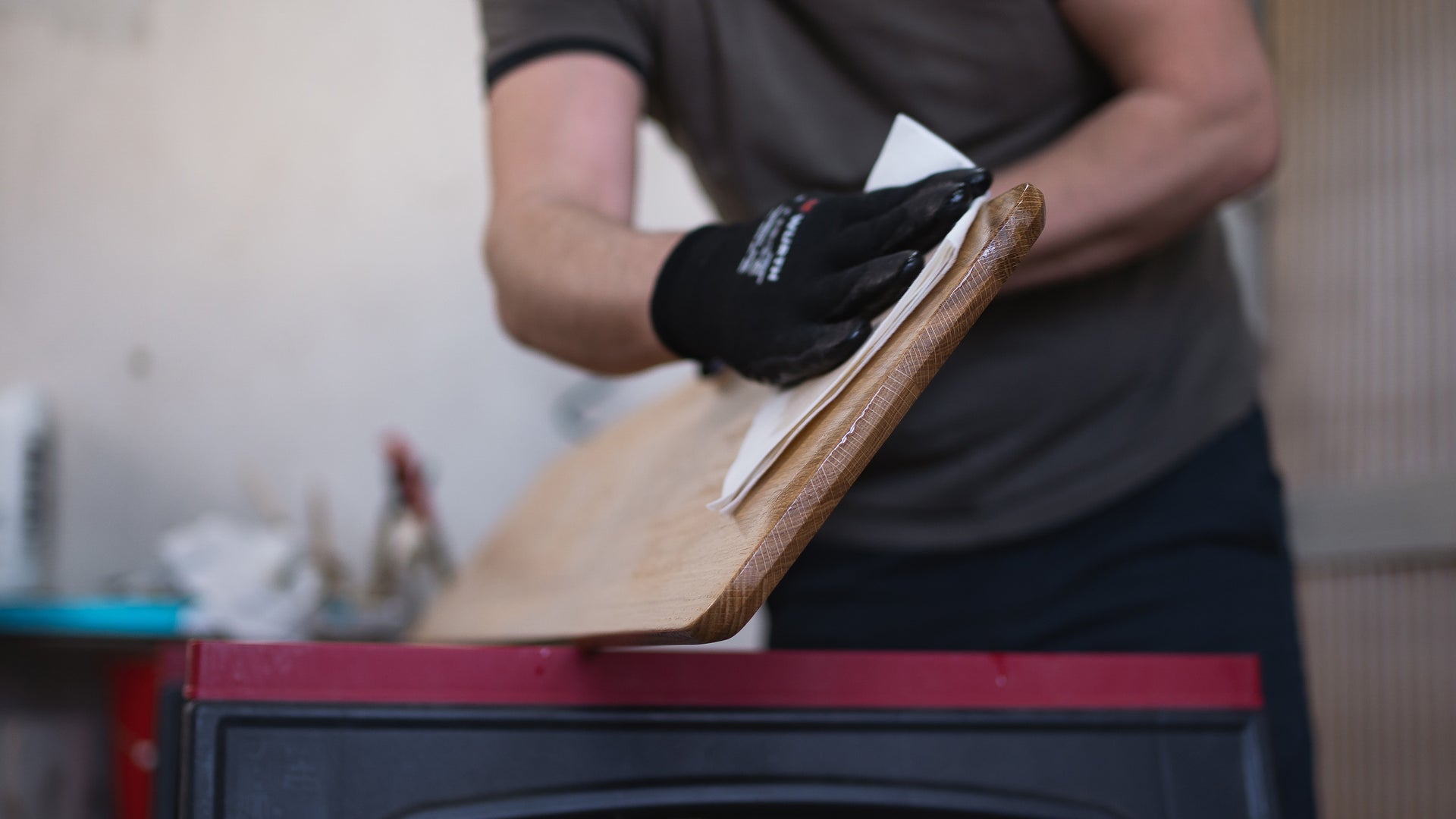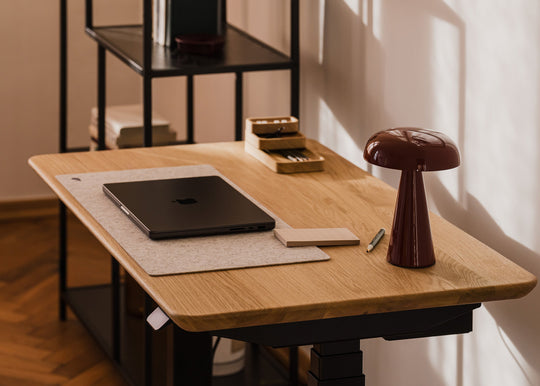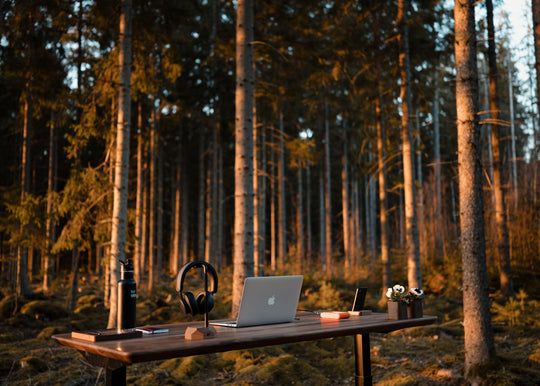
How do you live every day like it’s Earth Day?
The age-old question of ‘how to live?’ can keep some of us up at night. On Earth Day, the more burning question is ‘How to live and not destroy the planet?’ If we want the future generations to be able to ponder the meaning of life, spend their free time amongst nature, and enjoy fresh, spring air, the time to act is now. But how?

Photo by Luismi Sánchez on Unsplash
Daily ecology – starting with the basics
Turning the tap off while brushing your teeth or diligent recycling are the bare minimum of eco-habits. But that’s not where your eco-adventure should end - these simple, low-effort habits lay the foundation for building a truly eco-lifestyle. How can we get to the next level?
Reduce the use of single-use plastic
Easier said than done, though the following numbers should make for sufficient motivation: we have produced over 8 billion tonnes of plastic since the 1950s (keep in mind that plastic is a relatively lightweight material), of which a small portion has been recycled - the rest ended up in landfills. Every year, at least 14 million tonnes of plastic find their way into our oceans. Not only does this type of waste expand the landfills and make our planet look rubbish, but it also degrades into microplastics - tiny particles of plastic that seep into the earth, pollute the waters, and become a health hazard for humans and animals.
Making deliberate, thought-through shopping decisions can be a good first line of defense against the deluge of plastic waste. Who knows, maybe you’ll find that avoiding single-use plastic packaging and some plastic products turns out to be easier than you think.
Don’t throw away food
Food insecurity and hunger exist alongside the culture of excessive food waste, and this dystopian contradiction fuels endless debate. We recommend Hunger: The Oldest Problem by Martín Caparrós for those who wish to deepen their understanding of the topic. But before you fall down that rabbit hole, clean out your fridge and write a well-thought-out shopping list. That’s your first step done. Planning your meals and only buying the ingredients you need (and in reasonable quantities) is another strategy of responsible food management. Make things even easier by utilizing new technologies: try apps like Too Good To Go or Food List Tracking & Shopping to curb your food waste (and expenses).
Eat less meat
Meat consumption simply cannot go unmentioned when talking about eco-eating habits. Although this topic usually evokes a range of emotions, if not straight controversy, scientific research leaves little room for debate: livestock farming is one of the main contributors to greenhouse gas emissions, mainly methane and nitrous oxide. You don’t have to become a vegetarian or a vegan overnight to decrease your carbon footprint - reducing meat consumption even slightly is a positive step forward, especially if meat is often the main feature of your meals.
Save electricity
Convincing anybody to save electricity isn’t particularly difficult when energy prices skyrocket. Energy-efficient washing machines, dishwashers, and lightbulbs are only part of the plan – popularising the use of renewable energy sources is another. Employing such technologies is no longer only accessible to house owners. Solar panels can be installed on top of apartment buildings and energy suppliers who provide 100% renewable electricity do exist. We know that for a fact because we use such a provider ourselves - Oakywood’s workshop is powered with green energy.
Support sustainable brands
Another way to protect our environment is by making deliberate shopping decisions and supporting sustainable brands whose eco-values influence their day-to-day actions and not just their marketing strategy. By choosing products from environmentally and socially responsible brands, you contribute to their growth and help make sustainable production a more popular practice. Although it might be a little more time-consuming, taking a closer look at companies who make our clothes, accessories, furniture, or cosmetics makes it easier to pick the safest option for people and the planet.
Vote (not just with your wallet)
Taking care of the planet by leading a sustainable lifestyle is incredibly important but, unfortunately, it is not enough. Appropriate action from governments, public bodies, and large corporations is essential. Without it, we might as well start preparing for a future straight out of Cormac McCarthy’s The Road. That’s why putting pressure on those making climate decisions locally and globally is key. One of the most basic tools for doing so is voting - both in elections and by buying from sustainable brands.

Is outlet shopping worth it?
Shopping at outlets is an often overlooked way of shopping more sustainably. Although the main motivator behind it is usually lower prices, it’s also a huge win for the ‘less waste’ movement. Outlets offer ex-display merchandise, production surplus, or items that have been returned - products that won’t go back to the shops and are often thrown away even though they are still useable.
You should still exercise caution as, similarly to thrift stores, low outlet prices increase the likelihood of impulse buying. The rules of mindful consumption still apply - to make your outlet purchase truly ecological and economical, think it through a few times; do you really need that new pair of shoes, the new blender, or a new coffee table and a stylish new rug to go with it?

New Life Collection - Oakywood’s own outlet
Our mission to bring our core values to life has led us to implement an outlet collection to Oakywood’s offer. We called it the New Life Collection as it’s the most representative of its leading principle: we want to give new life to imperfect and returned products by restoring and recirculating them.
The New Life Collection is our brand’s newest step towards more sustainable production. We wanted to reuse products that have been returned, suffered minor damage during shipping, or have production defects. We renovate them and give them a second chance at life. Luckily, wood is an incredibly pliable material which allows us to fully restore the products. Hence, products in this collection are usually in perfect condition.
We try to minimize the amount of production waste we generate while promoting the idea of reuse to decrease our negative impact on the planet. The New Life Collection is not only a step forward for our brand, but it is also a testament to our commitment to promoting a circular economy.
Oakywood’s Founder & CEO
Precise renovation and the high quality of our products distinguish Oakywood’s outlet - we make sure our renovated desks and accessories are truly like new, with no blemishes. This approach helps us better manage our materials and gives the term ‘renewable resources’ a new, enhanced meaning.








